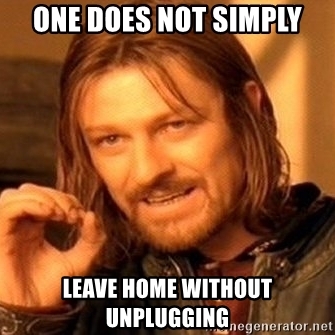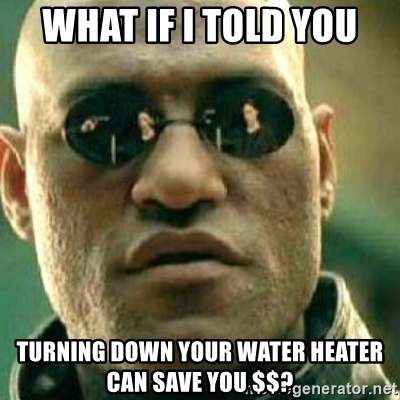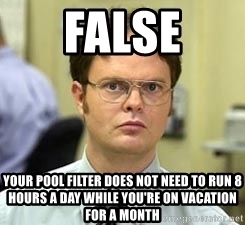A lot goes into our transportation system, some we see – but there is a whole lot more that we don’t see or understand. Whether it’s on the road, below the ground, or up in the air, Americans and the goods we rely on are always on the move.
As described by the Bureau of Transportation Statistics (BTS), transportation requires the use of resources—labor, equipment, fuel, and infrastructure. The cost of transportation is the use of these resources. It doesn’t take long to realize this is a big, complex, and essential process. Moreover, it all adds up – what do you think? It’s gotta’ be in the trillions, right?
Drawing from BTS statistics, an analysis prepared by 20SomethingFinance.com concludes the average transportation costs in the U.S. per two-person household is $11,403 per year, and 93 percent of that cost comes from the price of vehicle ownership – or the cost of owning/leasing, insuring, maintaining, and fueling your car.
That makes transportation the second highest expense category for Americans – 31 percent higher than the third highest spending category – the food we eat to keep us alive.
That also means we put a lot into both the value and reliance, on our ability to move about and get on with our day. If time is money, then we can’t afford to sit still for very long.
It’s no wonder that so many of us have emphasized modernizing our transportation. Whether it was Walt Disney and his cartoons about the “Magic Highway” or Steven Spielberg’s blockbuster film Back to the Future, we’re fascinated with the ability to move things and move things quickly.
Moreover, there’s one key component that helps make it all happen: energy. Without affordable energy, lots of things slow down – or come to a screeching halt – including our transportation system.
In Minnesota, pipelines provide gasoline for our cars and trucks, help us save and store food, and insulate us from the cold, wet and heat with products made through unique engineering like jackets, shirts, and shorts that are dry-fit wicking, and UV protected. Pipelines are also the safest and most efficient way to transfer energy and raw materials for both the community and the environment.
Pipeline infrastructure is the backbone of Minnesota, and it is critical that Line 3 is replaced and upgraded to continue meeting the energy needs of Minnesotans, like you, across the state. So, whenever you get to where you’re going today, pause for a minute to realize what go you there. Energy.

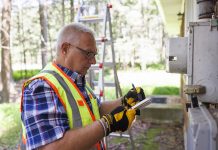


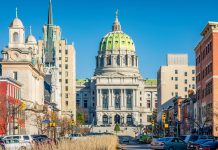








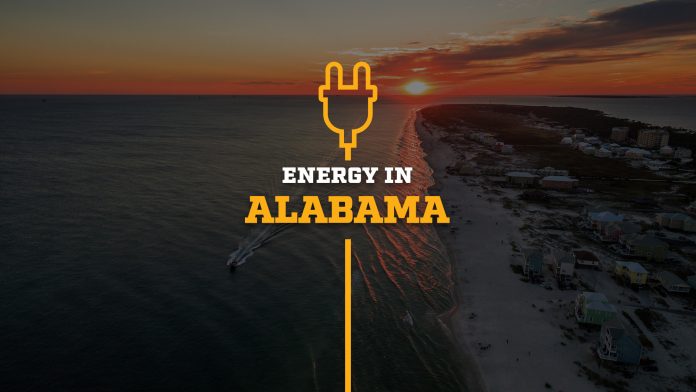


 However, did you know that the fire in all of those scenes was real? Yes, that’s right, from the fire spouting out of the dragon’s mouth, to the flames billowing from building windows – those were real flames. How was this possible?
However, did you know that the fire in all of those scenes was real? Yes, that’s right, from the fire spouting out of the dragon’s mouth, to the flames billowing from building windows – those were real flames. How was this possible?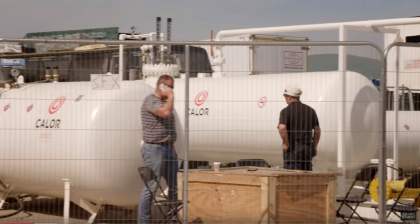
 Many of the flames were filmed in front of a green screen by using a flamethrower to shoot fire from high above towards the ground, capturing the effect of flames coming from the mouth of the dragon to the ground below. The flames were recorded from various perspectives, and the footage was then digitally overlaid onto the scene of the city as the dragon flew overhead.
Many of the flames were filmed in front of a green screen by using a flamethrower to shoot fire from high above towards the ground, capturing the effect of flames coming from the mouth of the dragon to the ground below. The flames were recorded from various perspectives, and the footage was then digitally overlaid onto the scene of the city as the dragon flew overhead.




 Remember when the front gate of King’s Landing exploded and knights from the Lannister Army came spilling out? That was done by using real explosives, and even setting 22 actors on fire – twice! Of course, the process was highly controlled, and safeguards were put in place, from protective clothing and face masks for the actors, to staff on standby with fire extinguishers – one for each flame-engulfed actor, plus a few more, just in case.
Remember when the front gate of King’s Landing exploded and knights from the Lannister Army came spilling out? That was done by using real explosives, and even setting 22 actors on fire – twice! Of course, the process was highly controlled, and safeguards were put in place, from protective clothing and face masks for the actors, to staff on standby with fire extinguishers – one for each flame-engulfed actor, plus a few more, just in case.





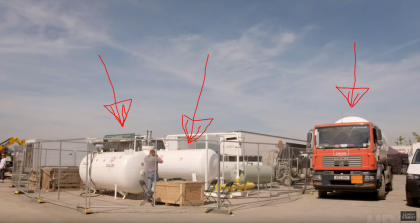 Game of Thrones used backdrops from many of the world’s most beautiful locations, which meant a lot of travel was required of the crew, actors, and extras who flew across ten countries over the course of the entire series, including the shipment of all the materials needed to create each set. Don’t forget, a lot of the expansive sets themselves had to be built, and countless costumes and props were needed to bring the series to life.
Game of Thrones used backdrops from many of the world’s most beautiful locations, which meant a lot of travel was required of the crew, actors, and extras who flew across ten countries over the course of the entire series, including the shipment of all the materials needed to create each set. Don’t forget, a lot of the expansive sets themselves had to be built, and countless costumes and props were needed to bring the series to life.

